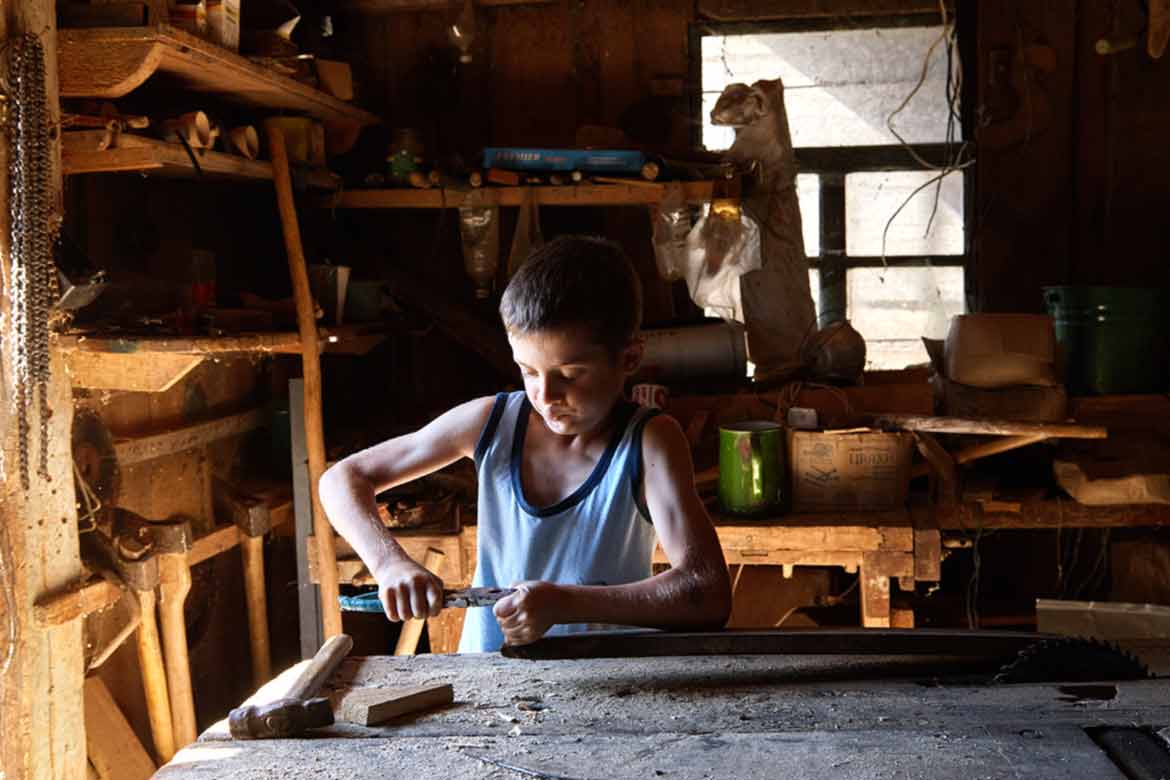Children belonging to the poor section are forced into child labour due to the high economic insecurity, lack of social security and declining household income due to the COVID-19 pandemic. For the second consecutive year, the lockdown has worsened the situation, waning all efforts to annul child labour. The actual impact of the pandemic on child labour is yet to be measured, but its impact is certainly much wider.
Although pandemic ill effects only fact or that contributes to child labour; Most of them already existed but have been exposed by it. However, the pandemic has amplified its contributing factors.
The current situation in India
Child labour refers to employing children in any work that deprives them of their childhood. It hinders their ability to attend regular school, and is dangerous and harmful mentally, physically, socially or morally.
According to the 2011 Census of India, there are 10.1 million children in the age group of 5–14 years, of whom 8.1 million are employed primarily as farmer sand agricultural labourers in rural India.
Although multiple laws have banned child labour in India. But child labourers across India are employed in various informal industries such as brick kilns, carpet weaving, garment manufacturing, agriculture, fisheries etc.
Despite the fall in the rate of child labour in the last few years, children are still being used in disguised child labour for tasks like domestic help.
What are its ill-effects?
Child labour exposes children to the risks of contracting diseases like skin diseases, lung diseases, poor vision, tuberculosis etc. It also makes them vulnerable to sexual abuse in the workplace.
The biggest harm is that, it deprives children of education. They are unable to take advantage of the opportunities for growth and spend the rest of their lives as unskilled workers. Child labour, continued exploitation and lack of access to schools are deteriorating the physical and mental health of children. This is laying a negative impact on the national economy.
Hence, their future prospects are to overcome the vicious cycle of poverty, incomplete education and poor quality jobs.
Child trafficking is linked to child labor and always results in child abuse. Trafficked children are forced into wrong doings such as prostitution or are illegally adopted. These children provide cheap or unpaid labour, are forced to work as house servants or beggars and worse they can be recruited into armed groups.
What, law of the land says?
According to Article 23 of the Indian Constitution, any form of forced labour is prohibited. Besides, Article 24 says that child below the age of 14 years cannot be employed to do any dangerous work.
The Article 39 states that the health and strength of male and female workers and the fragile age of children shall not be abused.

Also read: New Labour Codes May Allow Workers To Work Only For 4 Days A Week
Above that the Child Labour Act (Prohibition and Regulation), 1986, prohibits children below 14 years of age from working in hazardous industries and processes.
Policy interventions such as MGNREGA 2005, the Right to Education Act, 2009 and the Mid-Day Meal Scheme have paved the way for guaranteed wage employment (for unskilled workers) for rural households as well as for children to stay in schools.
India also ratifiedthe Convention No. 138 and 182 of the International Labour Organization in the year 2017. These conventions talk about Child Labour eradication. The Government of India has demonstrated its commitment to the eradication of child labour, including children engaged in hazardous occupations.
Need of the hour
In rural India Panchayats can play a big role in the eradication of Child labour. Since about 80% of child labour in India takes place in rural areas. Panchayats can spread awareness about the ill-effects of child labour.
They can also Encourage parents to send their children to school.
Panchayats can create a conducive environment where children do not have to work and instead enrol in schools.
Panchayats can activate Anganwadis in the village so that working mothers do not leave the responsibility of younger children to their elder siblings.
Besides, government came in to form industry owners about laws prohibiting child labour and fines for violating these laws.
Closing words
Children have the potential to play a vital role in preventing child labour. They can play a crucial role in child protection and can provide valuable insight into how they understand their participation and what they expect from the government and other stakeholders.
Child labour and other forms of exploitation can be prevented through integrated approaches that address poverty and inequality, improve quality and access to education, and strengthen child protection systems.
Children are born to study in schools, not to work in workplaces. Child labour deprives children of their right to go to school and makes poverty generational. Child labour acts as a major barrier to education, affecting both school attendance and performance.
